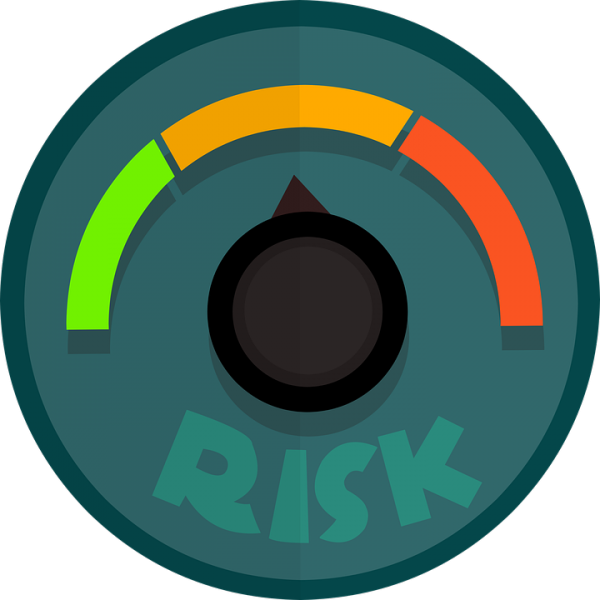Risk On vs. Risk Off Moves
Due to stiff competition for attracting and retaining new customers, Forex brokers had to align their offering with the latest technology. A few years ago, it was impossible to think of a broker offering five-digits quotations for most currency pairs, not to mention spreads as low as 0.4 pips on the EURUSD as we see today.
But new technologies like ECN (Electronic Communication Network) and STP (Straight Through Processing) made it possible. Nowadays, no serious broker uses a four-digit quote anymore, improving trading conditions for all traders in the world.
Moreover, traders added more currency pairs in their offering. And, also, they offer access to other financial markets from the same trading account.
With a simple mouse click, traders can buy or sell stock indices, individual equities, commodities like oil, gold, silver, and even bonds and options, in some cases. Again, all from the same account.
The risk for the casual retail trader is to fall into the trap of misunderstanding correlated markets. Correlations lead to overtrading, and the next thing you know, the rookie trader loses the trading account.
Understanding Risk On and Risk Off Moves
Correlations in the FX market and other financial markets as well depend on the world’s reserve currency: the U.S. Dollar. It is no wonder that the USD effectively splits the Forex dashboard into two categories: major and cross pairs.
The major pairs are the ones that have the USD in their componence, and the crosses are the ones without the USD. Hence, when the USD is on the move, regardless of the reason, all the USD pairs move in the same direction, creating a correlated environment.
It is believed based on historical price action that the stock market in the United States rises when the USD weakens. For years, this was the case as a lower USD fueled the rise in equities. It is normal because the big U.S. corporations kept their stock value with a higher stock price denominated in a weak dollar.
Hence, when the USD is on the move across the FX dashboard, the stocks in the United States correlated with it too.
The last piece of the puzzle is the JPY (Japanese Yen). To buy stocks, investors typically borrow in a currency that traditionally pays a low-interest rate. That’s the JPY.
After borrowing in JPY, they use the amount to buy USD to pay for the stocks. The move creates a strong demand on the USDJPY which aligns to a risk-on move.
Hence, a risk-on move translates into a higher USDJPY, higher U.S. stock indices, but also a higher EURUSD, AUDUSD, NZDUSD, GBPUSD, and a lower USDCAD.
A risk-off, conversely, means just the opposite.

Conclusion
In investing, risk refers to the willingness to put the money on the stock market or another financial vehicle except for the U.S. bond market. Treasuries are known for as safe as cash, so there’s zero risk investing in the bond market.
However, when the yields are down, investors look for alternatives to park their money. A risk on environment begins, and retail traders that understand it stand better chances to profit from the move.







